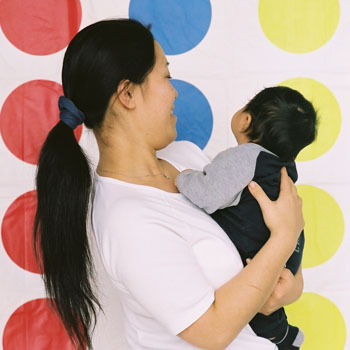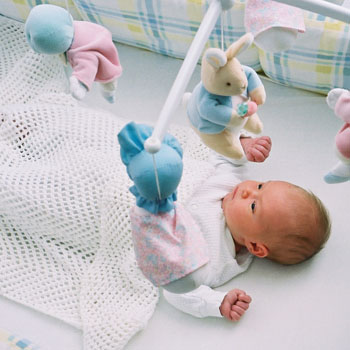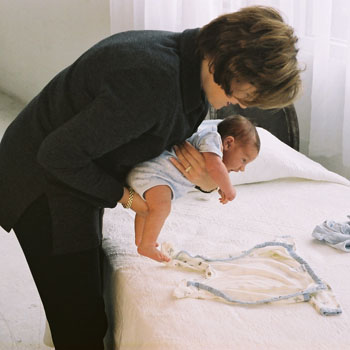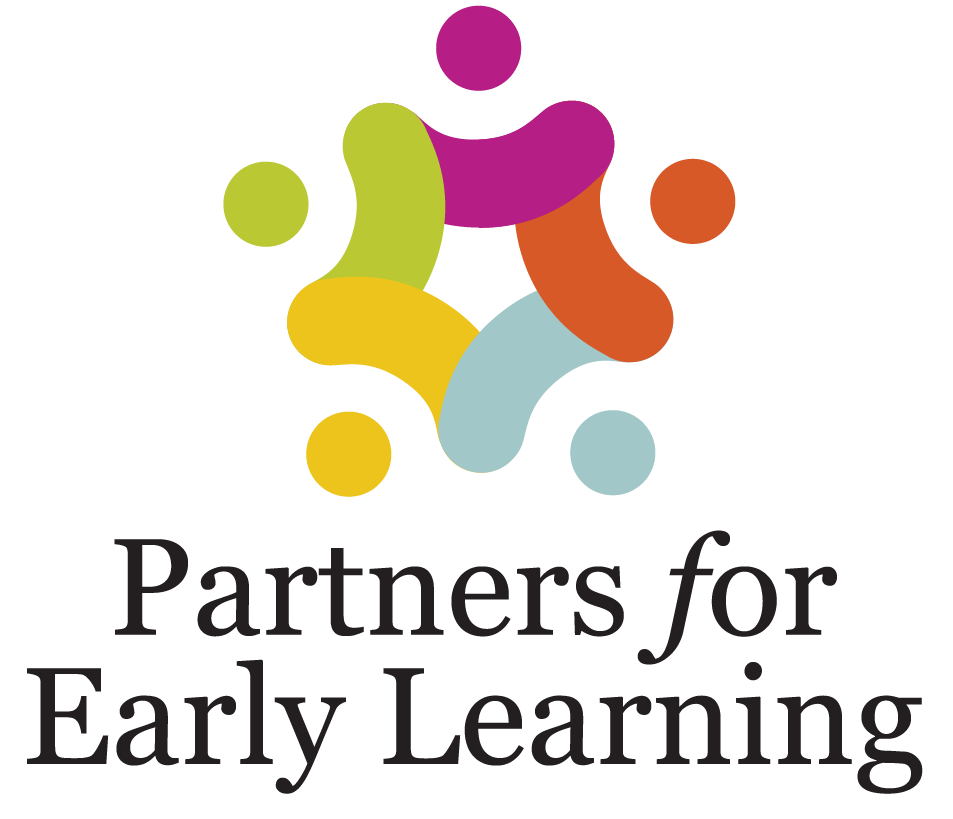Vision: Attracted to High-Contrast Patterns or Edges (0-2 Months)

Several experiments show that babies will turn toward patterns with high contrast and away from simple patterns with little contrast. For example, infants are interested in objects or images with bold checkerboard patterns or bulls-eye patterns with sharp contrasting colors. Many researchers think newborns are attracted to the edges of objects and areas of contrast […]
Can Take Swipes at Dangling Objects with Hands (1-5 Months)

In their first month or two, babies attempt to reach for dangling toys or other interesting objects (this is called pre-reaching). In the early months, most infants can’t do this accurately or in a controlled manner, and their attempts often fail. References Shelov, S. P. (Editor-in-Chief). (2004.) Caring for Your Baby and Young Child: Birth […]
Vision: Color Vision Is Limited (0-1 Month)

Newborns do see the world in some color, but they have trouble discriminating blues from greens and reds from yellows. References Brown, A. M. (1990). Development of visual sensitivity to light and color vision in human infants: A critical review. Vision Research, 30, 1159
Touch: Feels Pain (0-1 Month)

It was once believed that premature newborns could not feel pain. Today, however, researchers have located specific pathways in the nervous system that are responsible for pain perception in newborns as well as in preterm infants. It means the newborn can feel pain, although it is processed by the brain differently and therefore experienced differently […]
Physical: Overview (0-6 Months)

Physical development includes everything from the growth of the five senses–vision, hearing, touch, taste, and smell–to a child’s overall ability to move his body, including gross motor movement (such as learning to walk) and fine motor control (such as learning to write).
